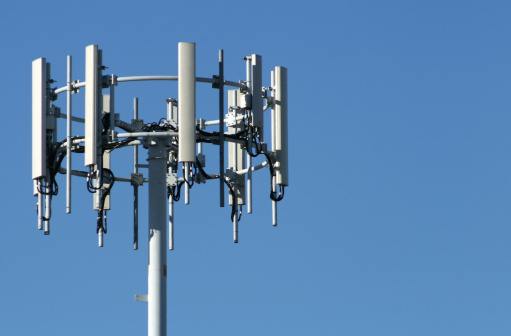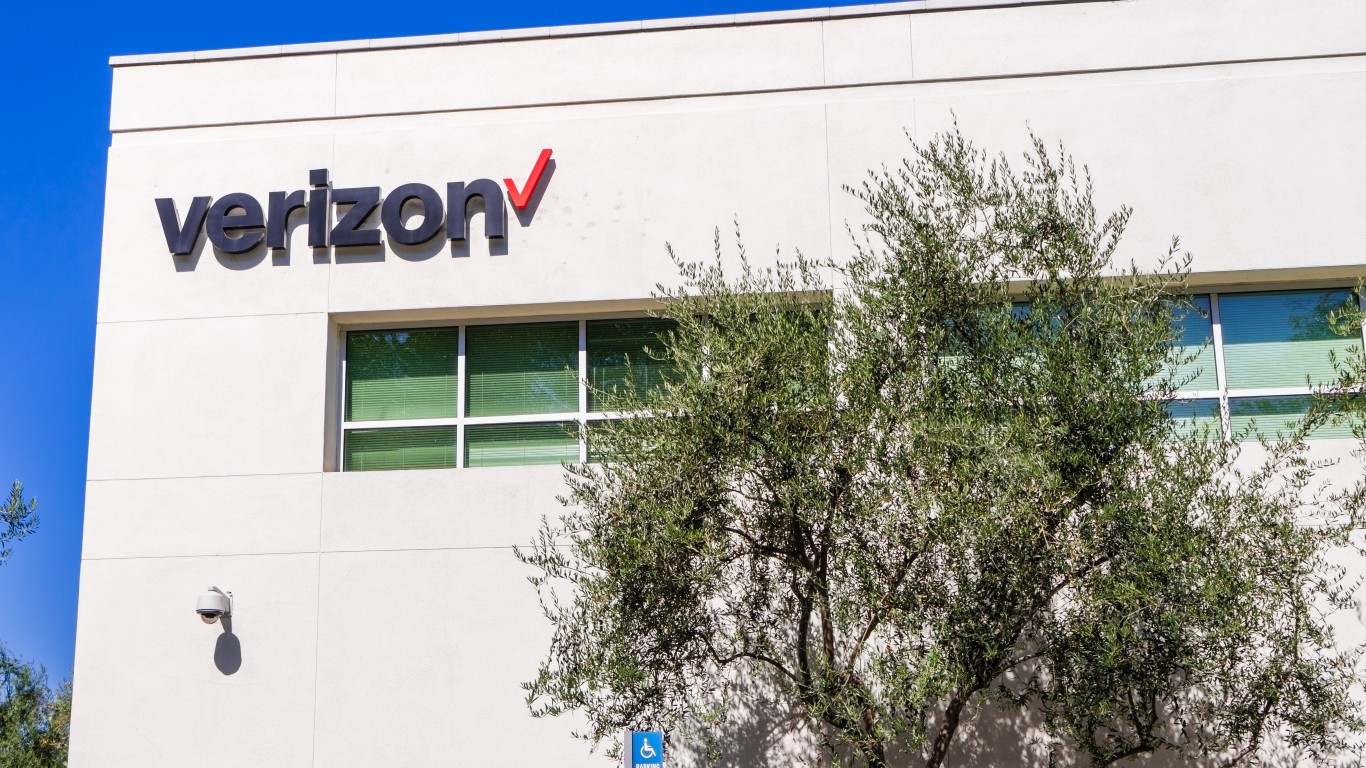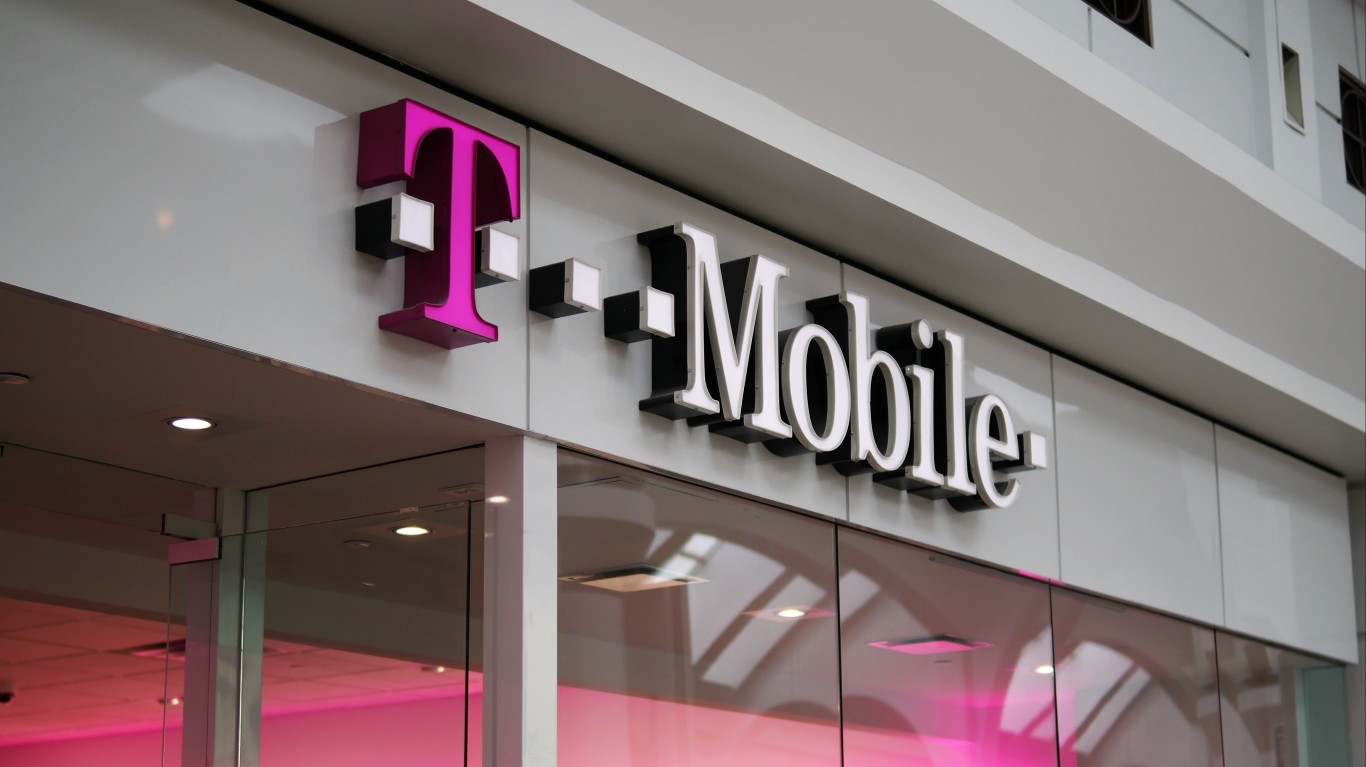With earnings season in full swing, investors have to be wondering how analysts are reacting to their favorite stocks. One darling for retirees and income investors has been AT&T Inc. (NYSE: T), as it has the highest dividend yield of the Dow Jones Industrial Average. That 5.3% yield may be attractive to new shareholders, but analysts are growing even more cautious on the telecom giant than before earnings.
One concern is that AT&T may have to slow down that dividend growth ambition it has perpetually been on in favor of higher capital spending. 24/7 Wall St. has created a montage of analyst opinion here to see what the analyst community thinks.
AT&T was recently featured in our own safest high-yield dividends and that has not changed. We have covered several analyst notes on AT&T, some in detail, and four other analyst calls are covered just in passing.
Oppenheimer
Oppenheimer maintained its Outperform rating, while lowering its price target to $38 from $42. The firm said:
Normalized 3Q14 EPS of $0.63 declined 5% year over year on asset sales and weak wireline results, but was in line with our estimate given lower interest adds of 800,000 were also in line, with solid churn and average revenue per user. Revenue came in 3% below forecast from lower sales of financed wireless handsets and a lower average sale price per device. AT&T had a solid enterprise quarter, in contrast with Verizon. The company did lower guidance on revenue and EPS by 1% to 2%. We are tweaking down our earnings estimates on recent price promotions and the aforementioned wireline margins.
The firm also said that volume growth looks solid but margins are looking slightly weak — this is positive for the towers, but negative for Sprint in the Oppenheimer view.
ALSO READ: J.P. Morgan’s Energy Stocks to Buy If $80 a Barrel Oil Is Here for Good
Credit Suisse
Credit Suisse maintained its Outperform rating, but it trimmed the price target down to $39 from $41. The firm noted:
Wireless results were solid, but consolidated financials were soft due to wireline performance and a one-time legal charge. AT&T reported wireless EBITDA of $6.65B, 2.7% above Credit Suisse estimates and 1.4% above consensus on better than expected margins. However, wireline revenue and EBITDA were light. This, in addition to a one-time legal charge of roughly $100 million for erroneous billing, resulted in weaker consolidated financials than expected. Adjusted EBITDA was 3.3% less than the firm’s estimate, while adjusted EPS of $0.63 was $0.01 under the consensus. The firm cut the 2014 EPS estimate to $2.57 from $2.60 and its 2015 EPS by 3% to $2.72.
Credit Suisse also lowered its 2016 EPS estimates to $2.96 from $3.04. The firm sees a 2015 P/E ratio of 12.7x, at the low end of AT&T’s historical range of 12 to 16x, and has a dividend yield of over 5%. Wireless initiatives drove solid subscriber metrics, with postpaid net adds of 785,000 being about 15,000 under estimates.
The firm lowered its estimates due to higher bring your own device (BYOD), promos and wireline weakness, as well as reduced 2014 consolidated revenue growth rate to 2.5% (below reduced guidance of 3% to 4%) and less NEXT sales in the third quarter than expected.
ALSO READ: 5 Well-Known Russell 2000 Stocks With Up to 100% Potential Upside
Merrill Lynch
Merrill Lynch maintained its Neutral rating and $35 price target. The firm said:
AT&T reported third quarter earnings per share of $0.63 that was above our $0.62 forecast but $0.01 short of consensus at $0.64. Reported EPS benefitted from a lower than projected effective tax rate of 31% versus the trailing four quarter average of 35%. Consolidated adjusted EBITDA of $10.2 billion was light vs. consensus of $10.54 billion. AT&T lowered 2014 revenue growth guidance from 5% to 3% to 4% but maintained free cash flow of $11 billion and EPS (low end of mid-single digit growth) guidance. Our concerns on numbers quality remain, including that FCF is benefitting from a) lengthening payables, b) factored receivables at undisclosed discounts and c) lower-than-GAAP cash taxes while the income statement benefits from non-cash tailwinds related to an embrace of up-front revenue recognition of Next handsets.
Other Key Analyst Reports
Canaccord Genuity said that it was maintaining its Hold rating and reducing earnings estimates on wireline margin pressures.
RBC Capital Markets maintained its Sector Perform rating, but cut the price target to $35 from $36 in the call.
Hilliard Lyons downgraded AT&T from a Long-Term Buy to Neutral, removing its $39 price target.
Jefferies reiterated its Buy rating and $40 price target, saying that wireless stability should trump the wireline margin weakness.
AT&T shares were down 2.6% Thursday morning, with over 16 million shares traded in the first hour of trading. Average volume is 21.1 million, and the 52-week range is $31.74 to $37.48.
ALSO READ: The 20 Most Profitable Companies in the World
It’s Your Money, Your Future—Own It (sponsor)
Retirement can be daunting, but it doesn’t need to be.
Imagine having an expert in your corner to help you with your financial goals. Someone to help you determine if you’re ahead, behind, or right on track. With SmartAsset, that’s not just a dream—it’s reality. This free tool connects you with pre-screened financial advisors who work in your best interests. It’s quick, it’s easy, so take the leap today and start planning smarter!
Don’t waste another minute; get started right here and help your retirement dreams become a retirement reality.
Thank you for reading! Have some feedback for us?
Contact the 24/7 Wall St. editorial team.



